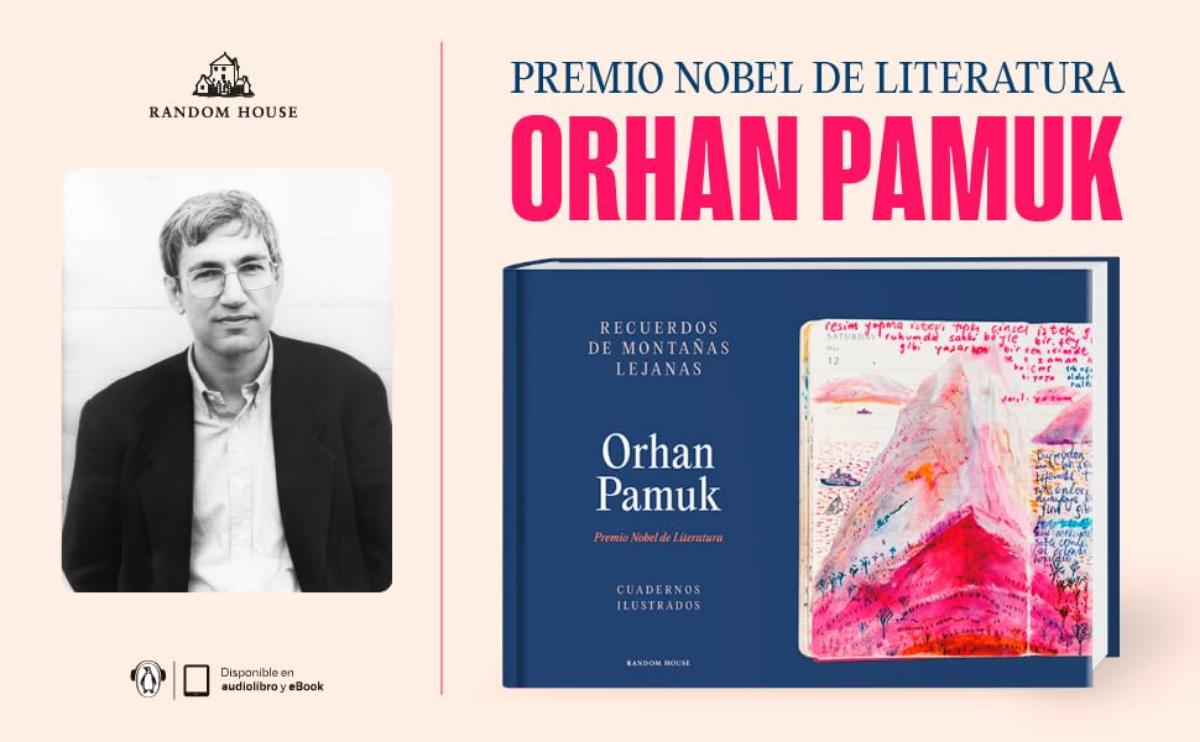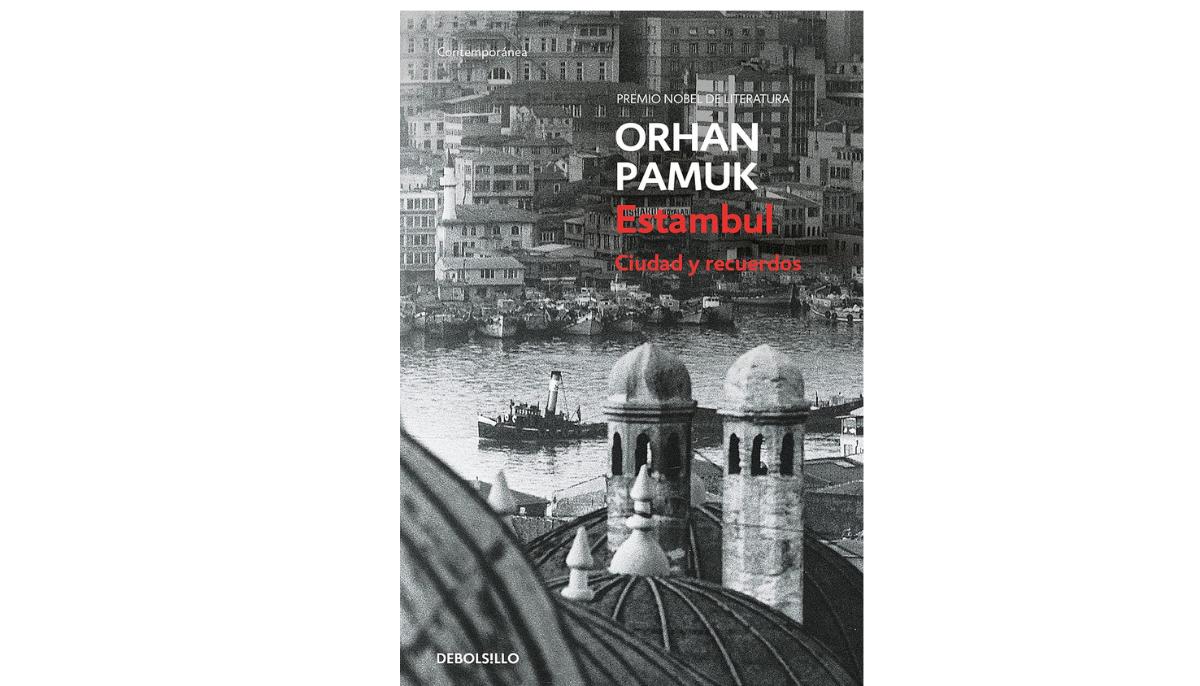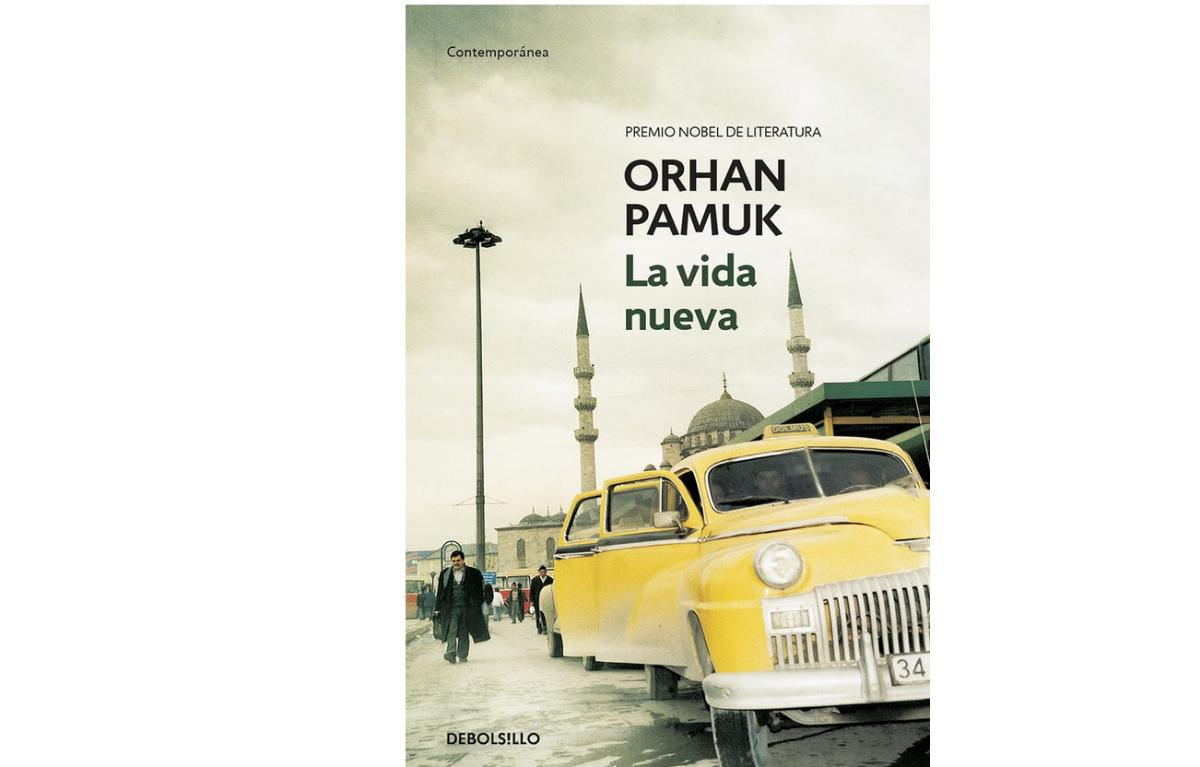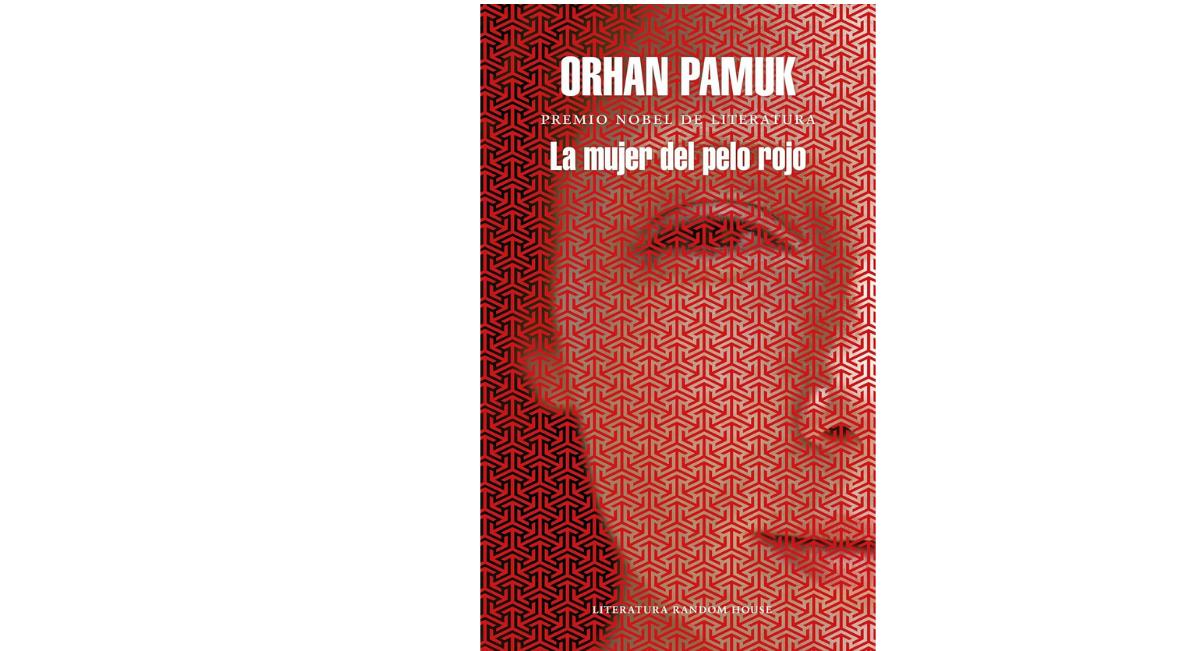
If you are interested in the Nobel Prizes in Literature and read something about them, in this case we focus on the author Orhan Pamuk, Nobel Prize winner in 2006. Orhan Pamuk's works are many, but of all of them, we want to talk to you about some more representative.
Note that Orhan Pamuk has written both novels, memoirs and essays. His first novel dates back to 1982 and was the one that made him continue publishing. Currently, the latest novel by this author is from 2021 translated as The Nights of the Plague. Do you want to know some of his best works?
Memories of distant mountains
«For fifteen years, Orhan Pamuk has been writing and drawing daily in his notebooks. He writes down his thoughts on current events, dialogues with the characters in his novels, confesses his fears and worries, narrates his encounters and travels, and reflects on love and happiness.
For the first time, the writer who dreamed of being a painter shows us a careful personal selection of his drawings, a beautiful approach to Pamuk's intimate and prolific reading of the world and life through a moving mosaic of landscapes and reflections. Memories of distant mountains thus becomes a true artistic space far removed from the diary or traditional memories, giving rise to a singular and inimitable book.
It is not really a book in itself, but a collection of drawings by the author himself.
Istanbul

«Istanbul is a portrait, sometimes panoramic and other times intimate and personal, of one of the most fascinating cities in Europe that looks towards Asia. But it is also an autobiography, that of Orhan Pamuk himself.
The story begins with the chapter of his childhood, where Pamuk tells us about his eccentric family and his life in a dusty apartment - "the Pamuk apartments", as he calls them - in the center of the city.
The author remembers that it was in those distant days when he became aware that he had had to live in a space plagued by melancholy: a resident of a place in ruins that drags a glorious past and that tries to make a place for itself in "modernity." Old and beautiful buildings in ruins, valuable and mutating statues, ghostly villas and secret alleys where, above all, the therapeutic Bosphorus River stands out, which in the narrator's memory is life, health and happiness. This elegy allows the author to introduce painters, writers and famous murderers, through whose eyes the narrator describes the city.
As we told you at the beginning, Orhan Pamuk has not only dedicated himself to novels, but also to memoirs and essays. Focusing on his memoirs, the only book he published in 2005 was this one.
In it, Pamuk reveals what relationship it has with the city of Istanbul and its history. And he does it through the memories he keeps of the place.
Snow
«In the middle of a snowstorm, Ka, a Turkish journalist recently returned from a long political exile in Germany, travels to the remote city of Kars, northeastern Turkey.
What he finds is a conflictive place: the mayor has been murdered and everything indicates that the Islamists are going to win the imminent elections, there is a terrible fear of Kurdish terrorism and a wave of suicides of girls who have been prohibited from carrying their heads. covered to school.
"When the storm intensifies and the snow prevents communications with the outside world, the danger of tensions breaking out will reach unimaginable levels."
Regardless of the synopsis you have read, the truth is that the novel goes further. And Ka, this journalist-poet arrives in his hometown and there he meets a married woman with whom he falls in love.
Furthermore, it is seen involved in political events that affect the future of your city, and therefore, also to himself.
The new life

«Reading a book changes the life of the young protagonist of this novel, a student named Osman, until it radically distances him from his previous identity. Soon after, he will fall in love with the luminous and elusive Canan, witness an attempted murder and a rival suitor, and abandon his family to wander aimlessly through a nighttime landscape of cafes and apocalyptic bus stations. The result is the fabulous marriage of an intellectual thriller and a sophisticated love novel.
With a fairly intense and disturbing plot, It follows the line of its author by creating a complex, thick novel that you must understand well before continuing to reach a good ending. For this reason, it is not one of the novels for everyone, but only for those who have the patience to follow until the end.
The museum of innocence
«The love story of Kemal, a young member of the Istanbul bourgeoisie, and his distant relative Füsun is an extraordinary novel about passion bordering on obsession. What begins as an innocent and uninhibited adventure soon evolves into limitless love, and then, when Füsun disappears, into deep melancholy. In the midst of the vertigo that her feelings produce in him, it doesn't take long for Kemal to discover the calming effect that the objects that once passed through her hands have on him. Thus, as if it were a therapy for the illness that torments him, Kemal takes all of Füsun's personal belongings that are within her reach.
The Museum of Innocence is a fictionalized catalog in which each object is a moment of that great love story. It is also a guided tour of the changes that have shaken Istanbul society from the seventies to the present day. But, above all, it is an exhibition of talent by a writer who, like his character, has dedicated himself in recent years to building a museum dedicated to one of the most dazzling love stories in contemporary literature.
Under the love story that is told in the book, and which becomes more interesting as the pages turn, Pamuk describes the culture, landscapes and scenes slowly. Is one of the best romantic stories, but it is also about depression, longing and suffering.
White castle
«A young Indian scientist is captured by pirates while traveling from Venice to Naples. Shortly afterward he is sold as a slave to a Turkish scholar eager to learn about the scientific advances of the West. Set in 17th century Turkey, The White Castle tells the extraordinary story of these two men, who curiously bear a great physical resemblance.
"A fascinating exploration of identity, of the fateful pulse between tradition and modernity, and of the destiny of the intellectual through the relationship that arises between both characters."
It is a short novel, although thick in its reading. The background of the story leads us to deal with themes such as identity and splitting, but it is necessary to go deeper and understand well where the author wants the reader to go.
The Red Haired Woman

«On the outskirts of Istanbul in 1985, a master well-digger and his young apprentice are hired to find water on a barren plain. While they dig without luck meter by meter, an almost paternal-filial bond is born between them, a mutual dependence that will be altered when the teenager falls madly in love with a mysterious red-haired woman: a first love that will mark the rest of his days.
This young man's journey towards adulthood is in step with that of a Turkey that has been irreversibly transforming, and it helps Orhan Pamuk return to the themes that have dominated a good part of his work. In this mixture of fable, mythological story and contemporary tragedy, the author once again brings the cultures of the West and the East face to face, exploring two of their founding myths: Sophocles' Oedipus the King and the story of Rostam and Sohrab, immortalized by the poet. Persian Ferdowsi in the epic of the Shahname or Book of Kings. Both tragedies run beneath an absorbing plot, in a novel of ideas that delves, among other themes, into the family and the father figure, reaffirming the Nobel Prize winner as one of the great writers of our time.
It is an original and well-constructed story, although some consider that halfway through the novel it becomes redundant and difficult to understand and continue reading, especially because it focuses too much on the myth of Oedipus and a secondary story.
But if you are looking for a book that talks about loneliness, guilt, the absence of a relationship between a father and a son, remorse... then you should give it a try.
Cevdet Bey and children
«The story of Cevdet Bey and sons begins in 1905, at the end of the reign of the Ottoman Sultan Abdülhamit, and offers a wonderful panorama of Istanbul and its people in a journey through the history of the XNUMXth century.
Cevdet, one of the first Muslim merchants and a dealer in lamps and hardware, is about to marry Nigân. He dreams of expanding the business, making a fortune and enjoying a modern, Western-style life with his family. Thanks to his good hand with business, Cevdet manages to establish himself as a prominent citizen in the brand new Republic of Turkey.
In the style of 19th century family sagas, Cevdet Bey and Sons covers three generations from the beginning of the last century to the 1970s, and tells the intimate story of the inhabitants of the Republic of Turkey. Especially the big Turkish families, who do their shopping in Beyoglu and gather to listen to the radio on Sunday afternoons.
It is a classic novel, but with a quite complex language and not easy for any reader. It is very descriptive and slow narration.
the nights of the plague
«April 1901. A ship heads towards the island of Minguer, the pearl of the eastern Mediterranean. On board are Princess Pakize Sultan, niece of Sultan Abdülhamit II, and her recent husband, Dr. Nuri, but also a mysterious passenger traveling incognito: the famous chief health inspector of the Ottoman Empire, in charge of confirming the rumors of plague that have reached the continent. In the lively streets of the port capital, no one can imagine the threat, nor the revolution that is about to take shape.
From our days, a historian invites us to look at the most disturbing months that changed the historical course of this Ottoman island, marked by the fragile balance between Christians and Muslims, in a story that combines history, literature and legend.
In this new Nobel work, destined to become one of the great classics on plagues, Pamuk investigates the pandemics of the past. The Nights of the Plague is the story of survival and struggle of some protagonists who deal with quarantine prohibitions and political instability: a passionate epic story with a suffocating atmosphere where insurrection and murder coexist with the desire for freedom, love and heroic acts.
Taking into account the topic in question that it deals with, which is an epidemic, it must be read almost on tiptoe because The atmosphere that the author creates is quite overwhelming and, at some points, even similar to the global pandemic experienced.
However, its reading is quite complex, even more so when it mixes health issues with politics or religion.
Have you read any of Orhan Pamuk's works?